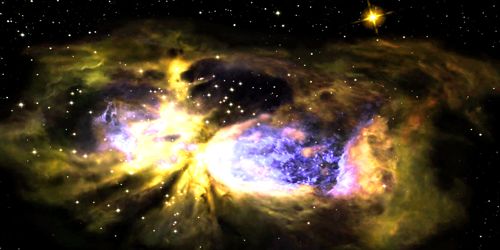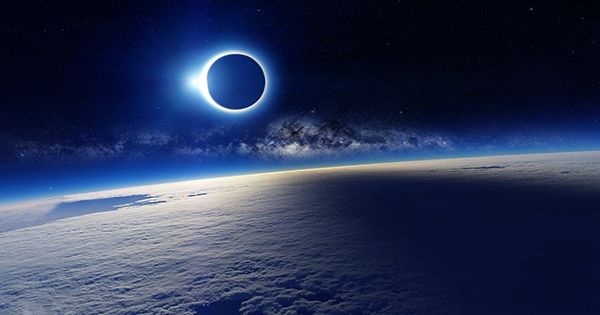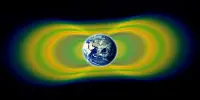Is there an alien outside? Based on the statistics alone, the answer must be a resounding yes. The Milky Way has at least 100 billion stars, and most of these planets orbit them. Despite the number being in our favor, there is a lack of evidence. The Breakthrough Listening Project has provided the first results of its huge new STI (External Intelligence Search) survey in search of foreign civilizations. And when we say huge, we mean bigger.
Observations have looked at the 60 million stars at the Galactic Center, an area where they have packed more strongly. Astronomers can study the earth a lot by looking at a very small but busy part of the sky. The team collected West 600 hours of data using the Green Bank Radio Telescope in West Virginia and the Parks Radio Telescope in the CSIRO in Australia, detailing the observations in a research paper adopted for publication in the Astronomical Journal.

The team did not find any signals, but it is important to note that they were purposefully looking for emitted signals – known as technosignatures – optical or microwave signals, laser emission and even “megastructures” – in this search; Some kind of alien bacon that says “Hey, we’re here!” Or given the distance involved, “Hey, we were here a few thousand years ago!” Much more work is needed to find a radio emission that has not been transmitted as intended. The team uses the expression “melody on leaky radiation”. Although science fiction often focuses on the possibility of TV signals being the initial signal, the biggest leak from Earth is actually from airport radar.
Although the survey did not find the alien, what it achieved in the search for external intelligence pressed the envelope. “We compared the sensitivity of our survey with some prominent STI surveys and showed that our survey never had significant sensitivity to the frequency span before exploring STI,” the authors concluded in their research paper. There is no way to find extraterrestrial life, but the search for technosignatures is one that has given humanity much hope for discovery because these signals may be easier to clarify than the discovery of specific molecules in the atmosphere of a distant planet, known as biosynthesis. It can even be found in common structures near alien homes; the moons of Jupiter and Saturn are in the deep ocean, or even on Mars.
















